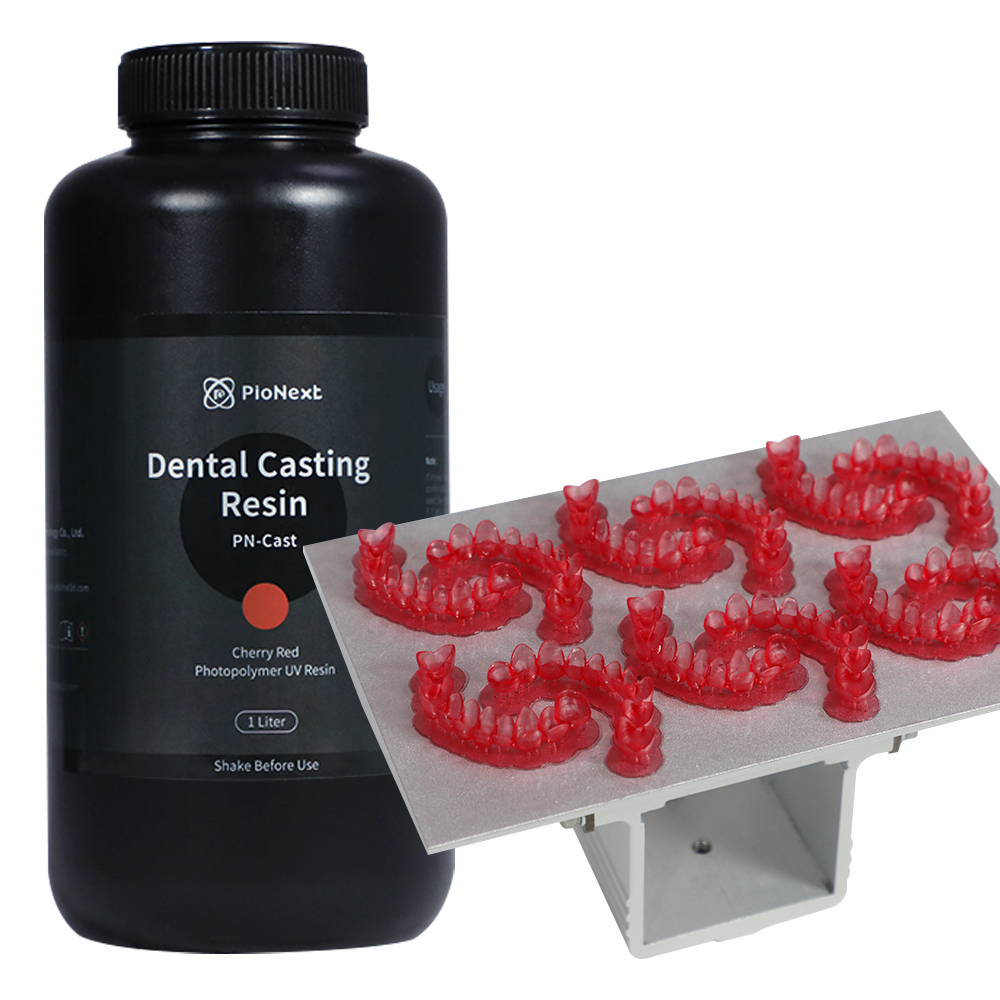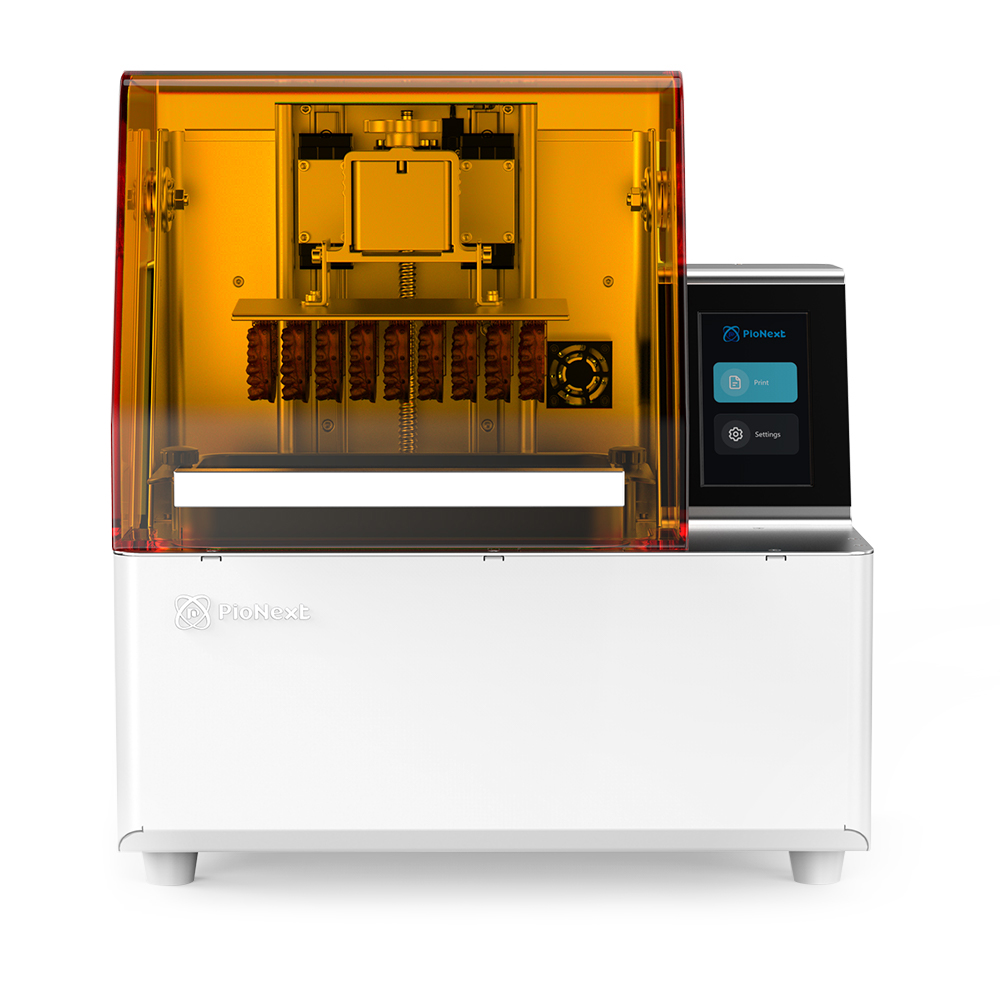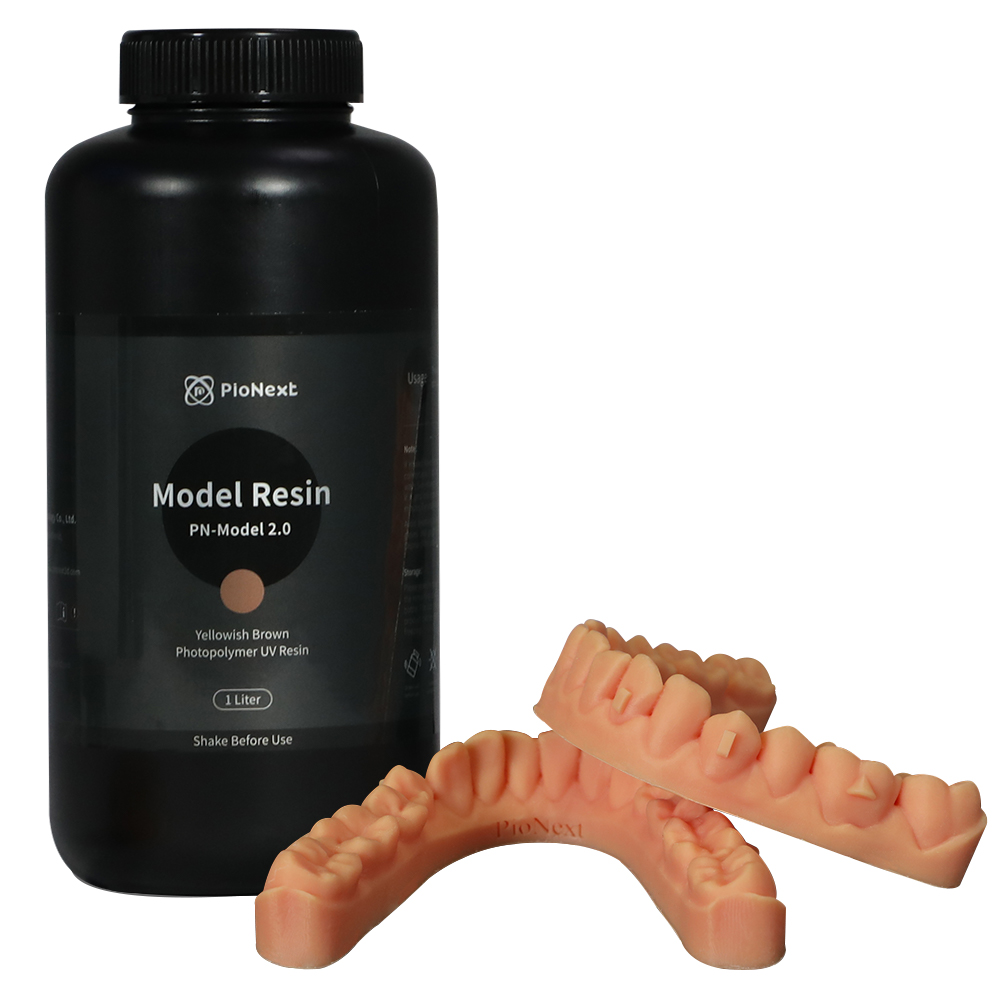Piocreat:Challenges and opportunities facing 3D printing and additive manufacturing
The prospects for additive manufacturing of
3D printers and 3D printing are encouraging. As early as 2017, Thomas reported on the procurement activities of additive manufacturing. Although the basic technology of additive manufacturing was developed in the 1980s, its use has become more and more common in recent years as progress has progressed and prices have fallen. By 2020, the procurement activities of additive manufacturing systems will increase by 37.8% compared to 2019. According to Statista, the global 3D printing and services market is expected to grow to nearly US$50 billion by 2025.
 Opportunities and advantages of additive manufacturing
Opportunities and advantages of additive manufacturingEarly adopters used additive manufacturing techniques to speed up prototyping and facilitate reverse engineering of parts. As designers gain more experience in the additive manufacturing process, this technology has become the main technology in many custom metal and plastic manufacturing companies.
Time to market flexibility and product differentiationToday, the application range of additive manufacturing technology has exceeded the scope of prototype manufacturing to final parts and spare parts production because of its complexity and performance advantages, which cannot be achieved with traditional methods, traditional machining or molding processes.
Testing conducted by NASA in 2013 convinced engineers that fuel injectors produced by additive manufacturing are a viable technology for the final production of engine and rocket parts. With the help of additive manufacturing technology, they redesigned the engine injector so that it contains only two sub-components instead of 115. Aerospace was one of the first industries to adopt 3D printing, but this situation is still changing.
Additive manufacturing can increase product differentiation and thus better meet individual direct-to-consumer needs without the need for reassembly. Last year, 41% of professional organizations used 3D printing to focus on accelerating product development. In response to the rapid market demand, the company is constantly developing its products-nearly 2,000 3D printing experts have provided 3D printed masks, respirators, valves, etc., in response to the COVID-19 pandemic.
Eco-friendly and efficient supply chainFor many years, sustainability has changed consumer lifestyles and pushed companies in the supply chain to pay more attention to the value of their environmental impact. According to Nielsen's forecast, the sustainable development market in the United States is expected to reach 150 billion U.S. dollars in sales this year. In the face of climate change and global competition, many manufacturers promise to provide support for sustainability and combine product performance with responsibilities to humans and the environment.
Sustainability can be a success factor. From an additive manufacturing perspective, one of its biggest advantages is recyclability. Because of its efficient use of resources and shortening the supply chain, it reduces the environmental footprint.
 Challenges facing additive manufacturing technology
Challenges facing additive manufacturing technologyCompanies that change to 3D printers may require fewer personnel and less overhead. However, 63% of enterprise additive manufacturing users use this technology for prototyping, while only 21% of companies use it for products that other technologies cannot manufacture. According to Deloitte, in some cases, “engineers only use 3D printers to test idle curiosity; in other cases, additive manufacturing machines just stay in corners to collect dust.”
Deloitte believes that these statistics show that there are still factors preventing manufacturers from integrating additive manufacturing technology into conventional manufacturing processes, and there are still technical challenges such as design, functionality and IT.
The development of 3D printing has been extraordinary. Although 3D printing has been used for rapid prototyping in many industries such as aerospace, medical and automotive, the technology used to manufacture large, complex products still requires work to gain widespread adoption. Additive manufacturers have the opportunity to cooperate with chemical companies to accelerate the development of new materials. For example, there is no universal set of standards on the mechanical and thermal properties of additive manufacturing materials. Deloitte recommends that the development of globally defined standards must give priority to growth, such as the "fire resistance of certain materials and parts" in certain industries.
Although the modern factory has taken a step towards digitalization of the workshop, the scope of digital transformation should cover the entire business and supply chain. Digital data can help solve any quality issues and better understand the performance of additive manufacturing materials. Since additive manufacturing is still an emerging technology and is mainly based on economic advantages, experts like Deloitte suggest that there is no technology related to products and quality assurance.
 Competing for new business opportunities today
Competing for new business opportunities todayAdditive manufacturing can be used in many industries, including automotive, education, military and even food manufacturing. It has played a role in changing various manufacturing methods and has truly changed the industry and the economy.
The ability to digitize and rotate rapidly has proven to be beneficial to manufacturing. Join other innovative additive manufacturing companies using digital advertising.






